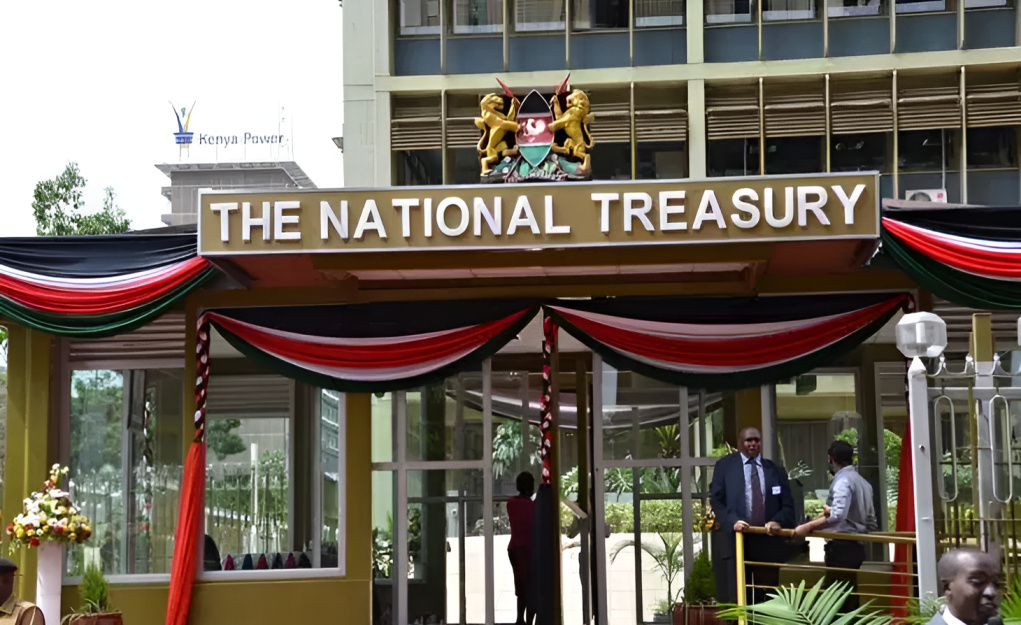Kenya’s fiscal deficit widens as domestic borrowing hits Sh854.5 billion

Data indicates that net domestic borrowing hit Sh854.5 billion, against the original target of Sh263.2 billion, as authorities leaned heavily on local lenders to fill the financing gap.
The government surpassed its domestic borrowing goal by Sh591 billion in the year ending June 2025, drawing Sh854.5 billion from local markets and leaving households and businesses struggling to access credit.
Treasury records show the borrowing spree, more than triple the initial plan, was driven by missed foreign financing and weak tax revenues.
Data indicates that net domestic borrowing hit Sh854.5 billion, against the original target of Sh263.2 billion, as authorities leaned heavily on local lenders to fill the financing gap.
At the same time, private sector credit slowed to just 2.2 per cent growth in the 12 months to June, with cumulative flows to families and firms reaching only Sh83.4 billion.
The squeeze on private borrowers added pressure to an economy already burdened by falling real incomes and unrest triggered by violent street protests.
Commercial banks poured Sh376.2 billion into government securities such as Treasury bills and infrastructure bonds, sidelining borrowers considered risky in an environment of high interest rates and loan defaults.
“By the end of June 2025, net domestic borrowing amounted to Sh854.5 billion,” Treasury said. “The borrowing consisted of Sh474.6 billion from non-banking financial institutions, Sh376.2 billion from commercial banks, net repayment of Sh1 billion to non-residents, and a net repayment of Sh3.3 billion to the Central Bank.”
Overall domestic credit from the banking sector rose by 18.6 per cent, up from 9.8 per cent a year earlier, reflecting banks’ preference for government lending.
Kenya’s debt owed to commercial banks jumped from Sh2.44 trillion in June 2024 to Sh2.86 trillion in June 2025, pushing total public debt to Sh11.22 trillion from Sh10 trillion, with domestic obligations alone reaching Sh6.32 trillion.
Treasury depended on domestic borrowing to compensate for foreign shortfalls, with net external inflows at Sh179.7 billion against a target of Sh333.8 billion.
The gap was partly caused by the termination of a multi-year International Monetary Fund programme in March due to unmet conditions and delayed funds from the World Bank.
To manage the gap, the government revised its domestic borrowing target three times through supplementary budgets after both foreign inflows and tax collections fell short.
The Kenya Revenue Authority managed Sh2.42 trillion in collections, Sh76 billion below the revised projection of Sh2.49 trillion. This widened the fiscal deficit to 5.8 per cent of GDP from 5.6 per cent, undermining fiscal consolidation efforts.
Authorities also took advantage of falling interest rates to expand borrowing after the Central Bank of Kenya cut the policy rate from 13 per cent in August 2024 to 9.75 per cent in June 2025.
Returns on short-term government papers dropped sharply, with the 91-day Treasury bill yield easing to 8.2 per cent from 16 per cent and the 364-day rate down to 9.8 per cent from 16.7 per cent, helping reduce the State’s debt service burden.
